Do you want to take more eye-catching photos? Then here are 5 quick tips for your photos. All these composition techniques help to move the viewer’s eyes to your subject and each of these can be used in a variety of different settings and even combined!
- Rule of Thirds:

This one is a classic photography composition tip because it is always effective with its given aesthetic. We have a natural tendency to place our subject in the middle, but placing it off-center will often lead to a more attractive composition. The idea is to place the important element(s) of the scene along one or more of the lines or where the lines intersect. For example, your friend should be lined up along the left or right vertical line with their head reaching around the top horizontal line, leaving the top box empty. For a landscape, align the top or bottom horizontal line with the horizon line instead of in the middle.

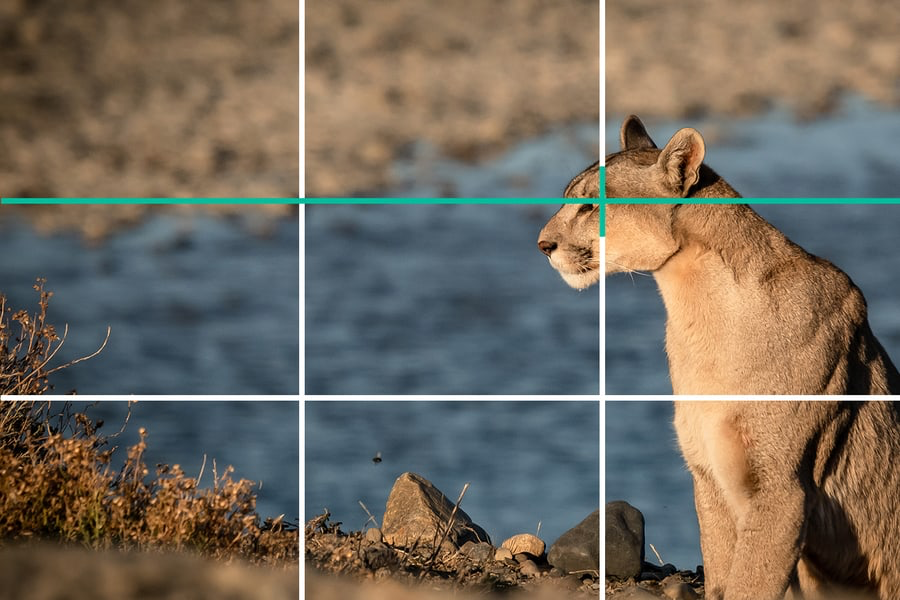
2. Symmetry:
This one is fairly self-explanatory; photographic symmetry! Vertical or horizontal patterns that are mirrored are very compelling to look at. One can also put their subject in between the symmetry.
HACK: hold up a turned-off phone (for a black screen) to your camera and angle it to create a mirrored image on your phone screen and take a picture.
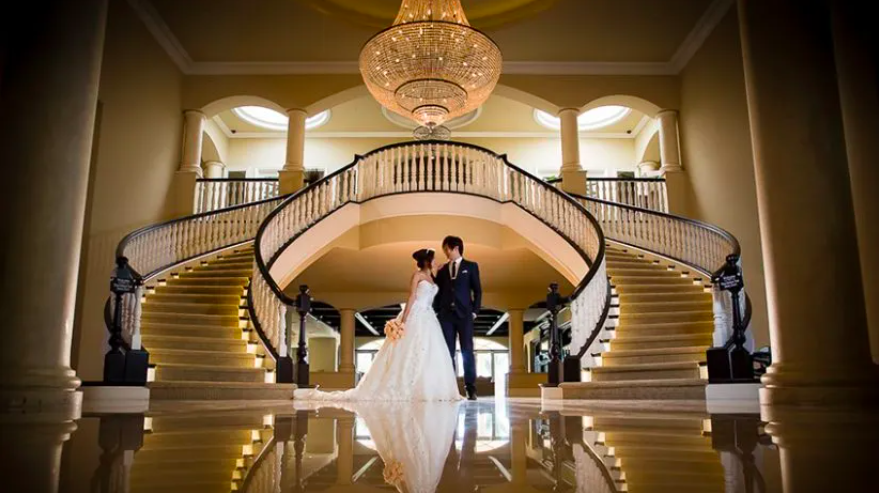

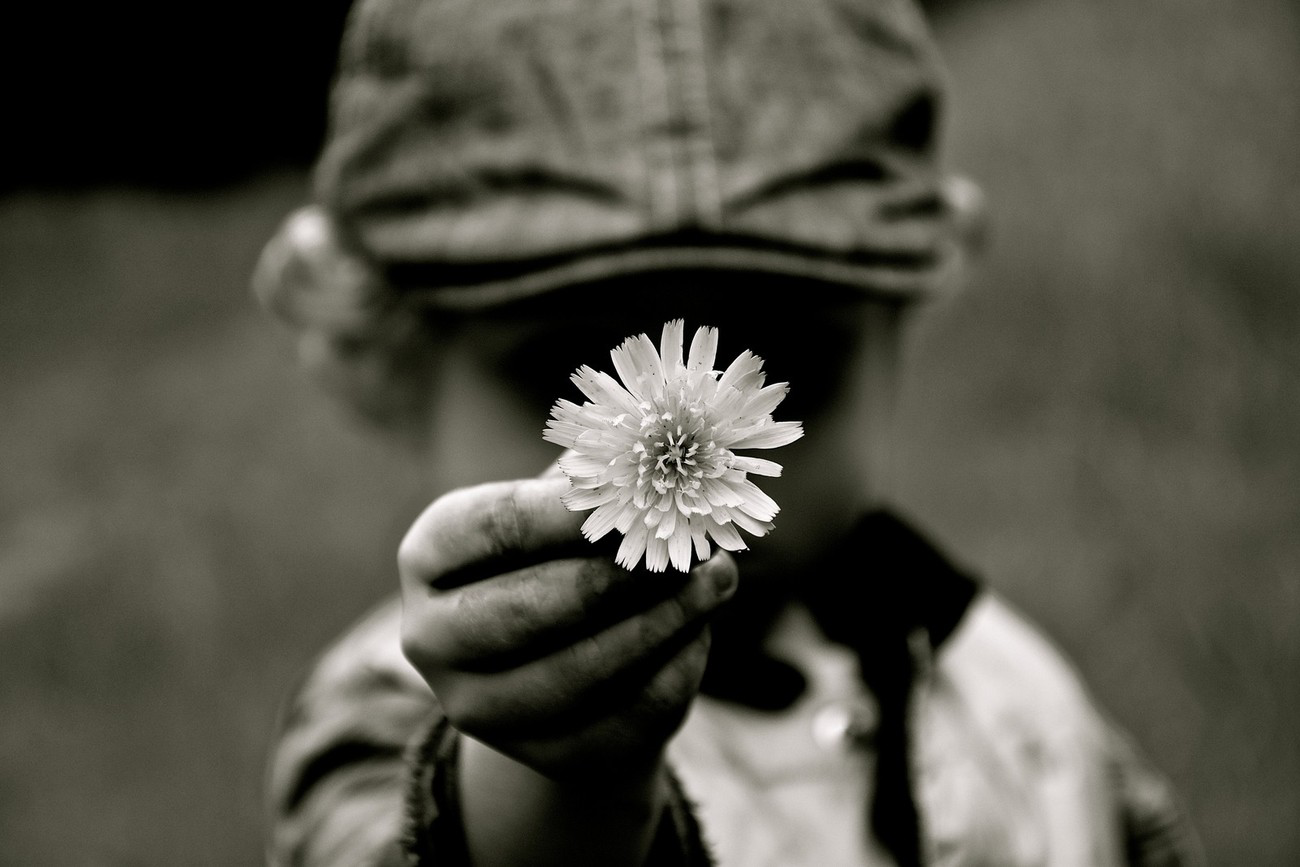
3. Centered:
Although contradictory to the rule of thirds, centered subjects do make compelling photos as well. This works well with symmetry and when the main subject is in a shallow depth of field. This means the subject has sharp focus and objects in front and behind the subject are blurry.
4. Leading Lines:
Always try to include leading lines in your photography as they lead the viewer right to your subject. They can focus the viewer’s attention on important elements of your image. You can use paths, walls, patterns, etc. These lines do not need to be straight as long as they direct the viewer’s eyes to your main subject.
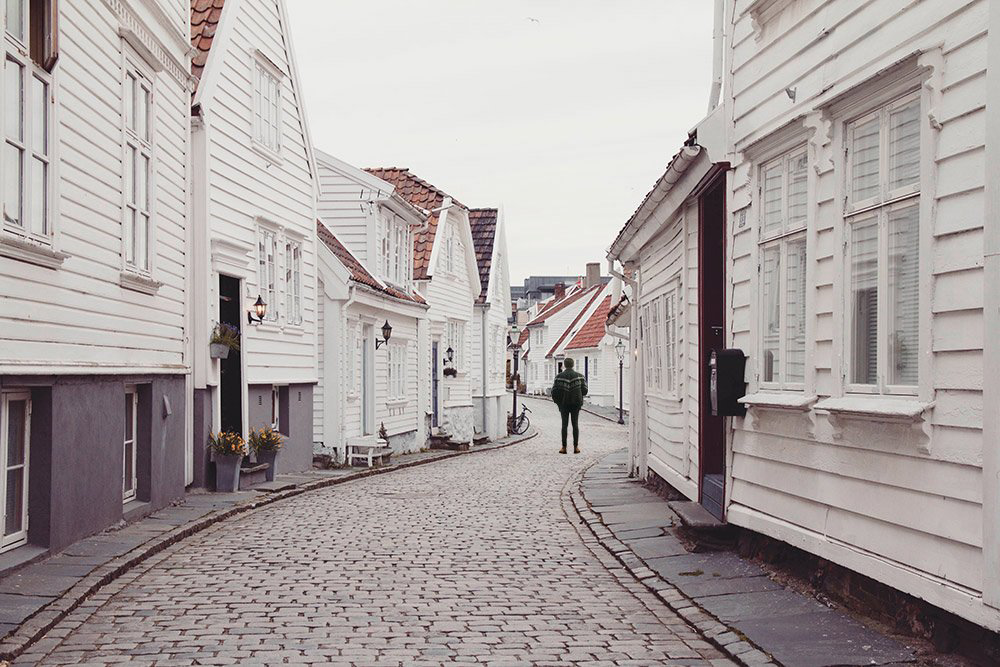
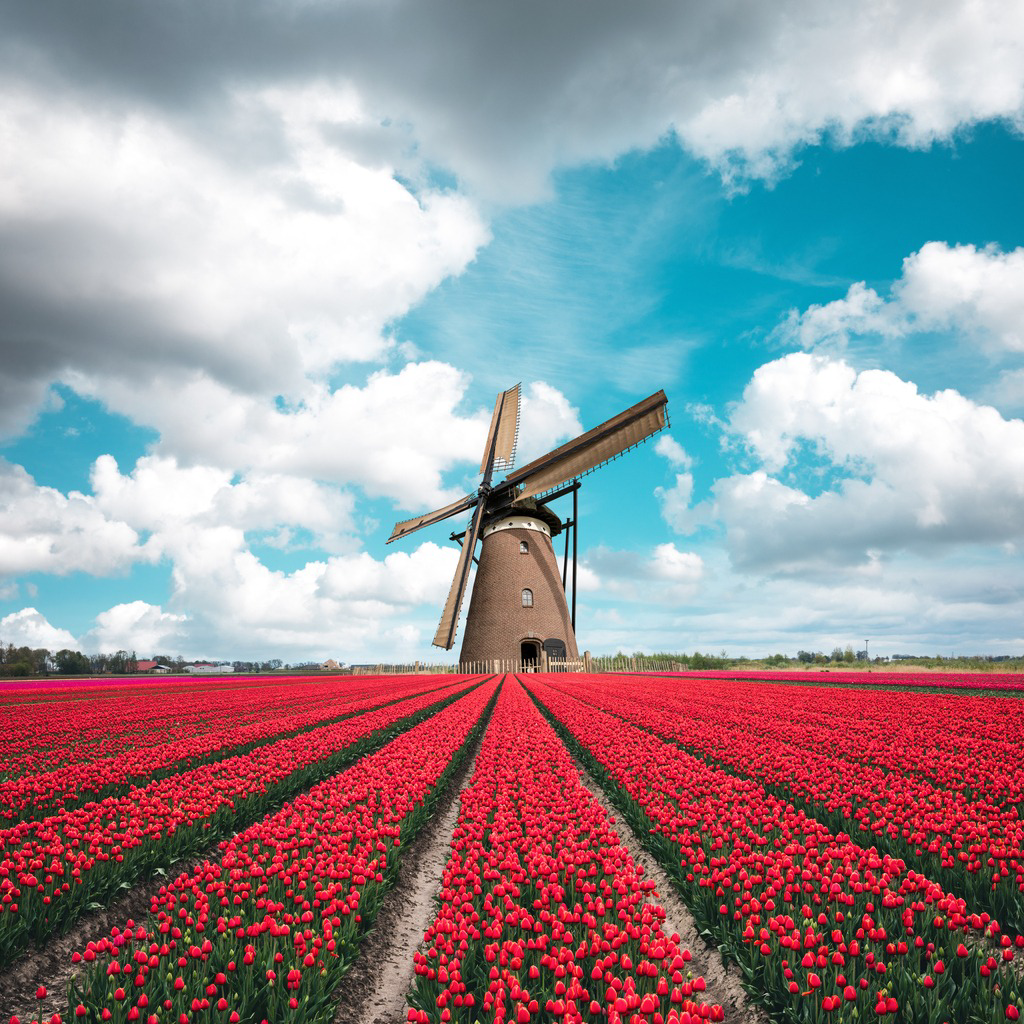
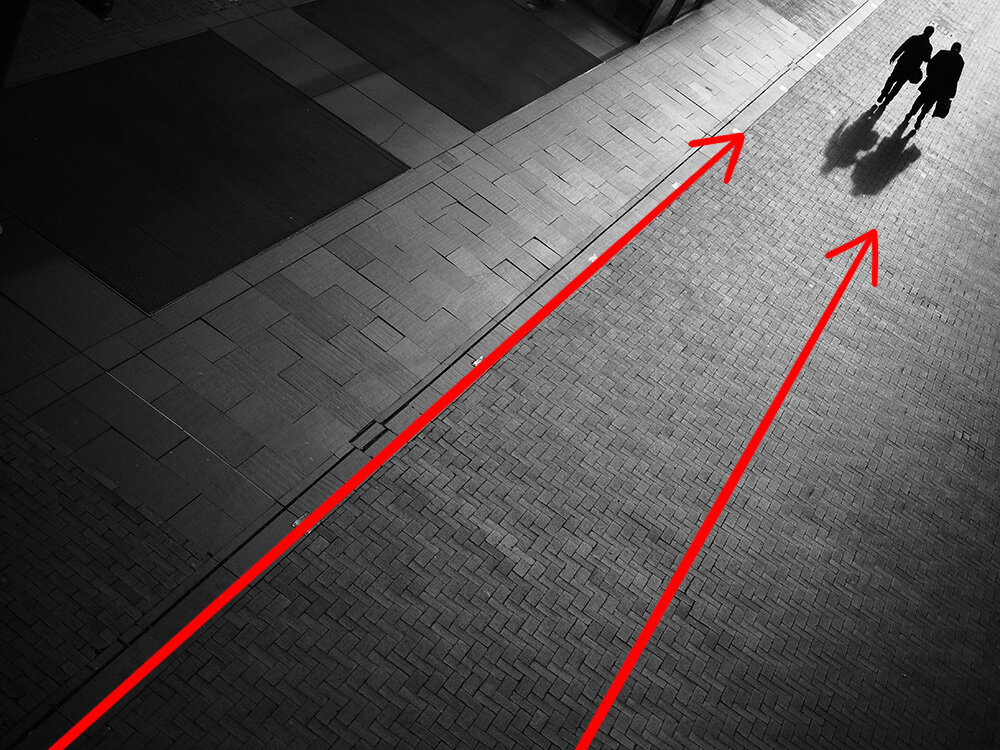
5. Subframing:
Last but definitely not least is to frame your subject. A frame within a frame is its slogan/tagline. Find another object to frame the scene or main subject. Use a crack in the wall to look onto your subject, tree branches that leave a hole for your subject, or even use the reflection of a mirror and quite literally use a frame to frame your model. The frame you use does not need to surround the entire scene to be effective as well.
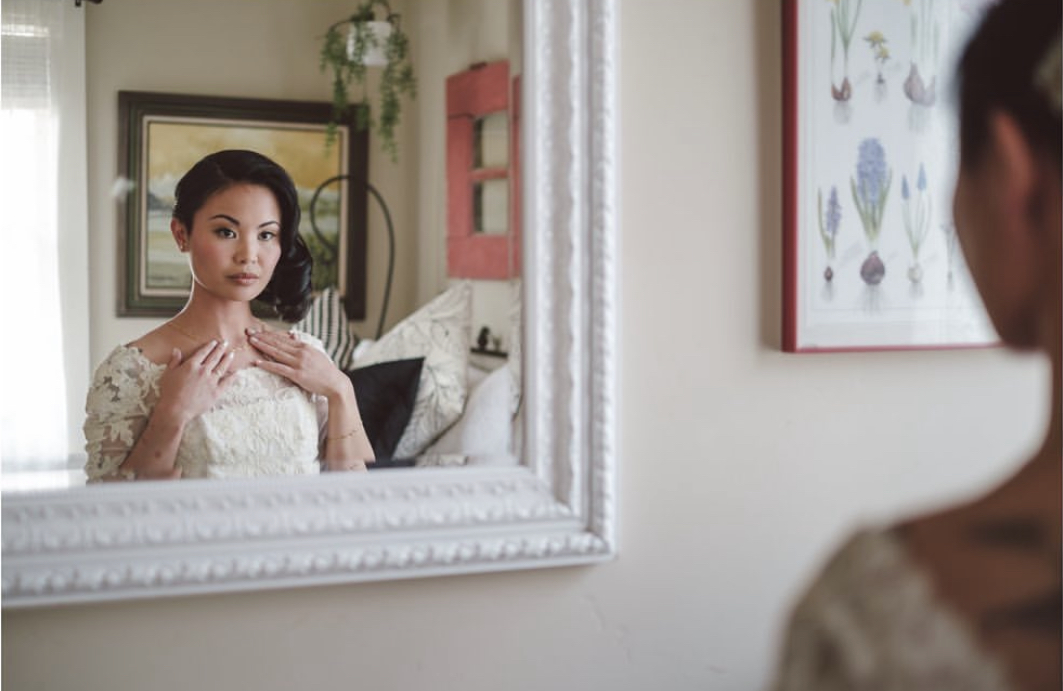

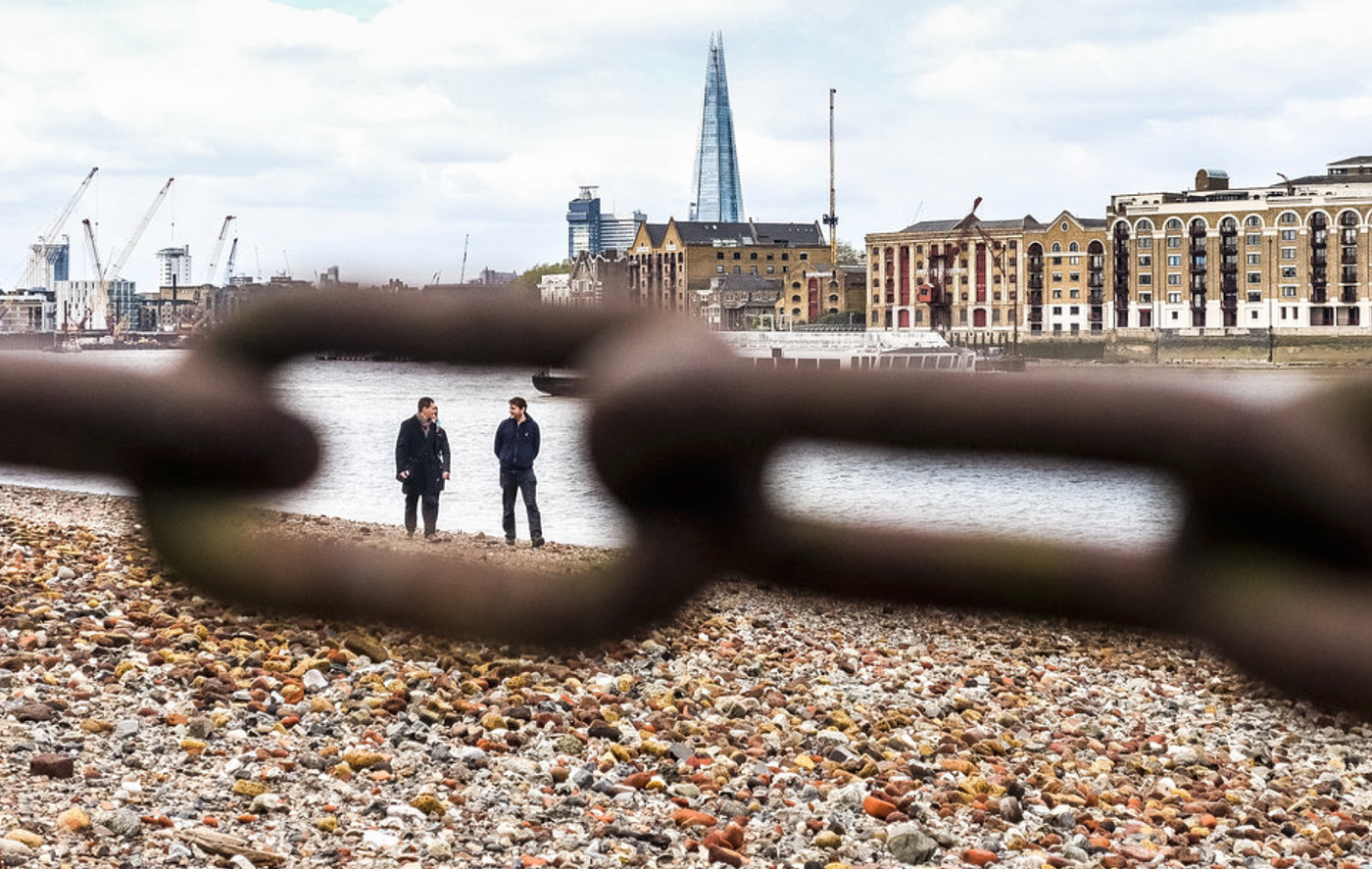

I hope these 5 helpful composition tips will help you experiment further with your photography! There are iPhone settings and settings on DSLR cameras to add the grid when taking photos to help with your composition as well.
Good luck and have fun shooting more photos!


